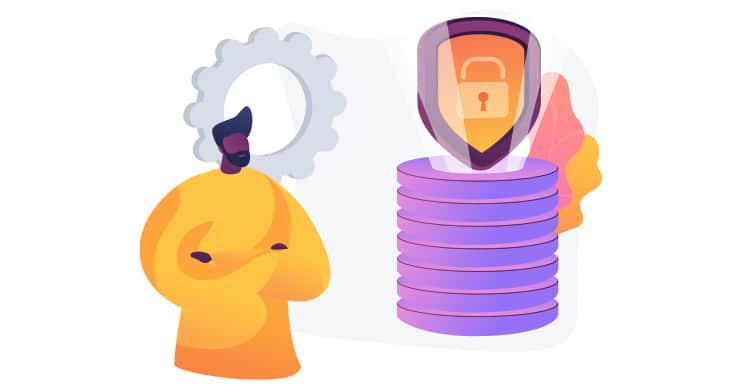What is a Cybersecurity Audit?
A cybersecurity audit takes place to assess compliance, identify vulnerabilities and recognize any other problem areas that could affect your cybersecurity posture. It will also offer actions to remediate any gaps found.
Organizations are often obligated to be compliant with regulations and laws pertaining to their industries. Compliance with these laws and regulations may be proven by a certification or assessment requiring an audit.
Other organizations may not be obligated to adhere to particular laws or regulations but may choose to be compliant with standards and frameworks in order to raise their own operating standards and prove their commitment to security. They too will undergo a cybersecurity audit to demonstrate their compliance.
An audit may consist of an internal self-assessment (as found in the PCI DSS) or it may involve an external party assessing the organization (as in SOC 2). It depends on the specific audit requirements.
Audits vary in depth. A more simple audit resembles a checklist of sorts, whereas more thorough audits are an exhaustive analysis of all your IT assets: networks, controls, and systems. Audits will often look at risk management plans, security policies, IT infrastructure- with the goal of determining how strong they are.

Third-party Auditors
Using a third party for your cybersecurity audit can be beneficial as they have specialized experience and can bring their knowledge of other organizations and offer insights into how others have dealt with specific compliance challenges. An external auditor will reduce conflict of interest and take an impartial look at operations. Your head of IT may find it difficult to report shortcomings in their own department!
What is the difference between an audit and…
…An Assessment. An audit is looking to see how well you comply against particular standards, for example, are firewalls in place? Check. Is multi-factor authentication set for all users? Check. An assessment will analyze how effective the controls are and whether they are fulfilling their purpose. For example, is the firewall preventing unauthorized access? Is MFA reducing instances of phishing attacks or unauthorized logins?
…A Penetration Test. A pentest, as it’s known, may share some common goals with an audit (identifying weaknesses, for example) but differ as they go far beyond security audits and vulnerability assessments by trying to breach your system just like a hacker. Pentests don’t stop at assessing the vulnerabilities but actually attempt to penetrate them. Many audits will require a pentest as part of their assessment.
Start Getting Value With
Centraleyes for Free
See for yourself how the Centraleyes platform exceeds anything an old GRC
system does and eliminates the need for manual processes and spreadsheets
to give you immediate value and run a full risk assessment in less than 30 days
Cybersecurity Audit Best Practices
- Always define your scope before you begin an audit. Decide which assets will be included and which will not.
- Ensure your Information Security policy is updated, organized and thorough. It can serve as a blueprint for data security audits.
- Draw up a network diagram to understand connections, see location of assets and how information flows. It will help you with limiting your scope too.
- Draft a list of roles and responsibilities related to your Cybersecurity so you or your auditor will know who to address or assign questions to.
- Ensure you are clear as to the requirements you must meet to be compliant. The main cybersecurity compliance frameworks all have various requirements: SOC 2, ISO 27001, PCI DSS, CMMC v2.0.
- Align with your auditor to understand their expectations and needs. Provide them with organized and accessible information as needed.
- Use a Risk & Compliance Management platform to run an internal audit before the “Real Thing” in order to get organized, correct any gaps in advance and relieve a lot of stress from your official audit.
Using Technology to Streamline Your Cybersecurity Audit
Not every company can afford to employ a full-time CISO or Compliance Officer, armed with a team of workers. Using Risk & Compliance Management software can step in to empower an SMB with tools to easily take care of all their compliance needs. A compliance platform is an excellent way to organize all your materials (policies, diagrams, evidence) before your audit, know where you are holding with your compliance, and ensure you have corrected any gaps you can before the oficial audit.
Look out for a compliance platform that offers:
- Automation to streamline processes
- Built-in Compliance questionnaires
- Remediation insights to correct gaps in compliance
- The ability to assign questions to multiple users for easy collaboration
- Easy onboarding and deployment
Try a free-trial of the Centraleyes Risk and Compliance Management platform with all the above-mentioned benefits and cutting edge automation to begin measuring your compliance today.
Start Getting Value With
Centraleyes for Free
See for yourself how the Centraleyes platform exceeds anything an old GRC
system does and eliminates the need for manual processes and spreadsheets
to give you immediate value and run a full risk assessment in less than 30 days





